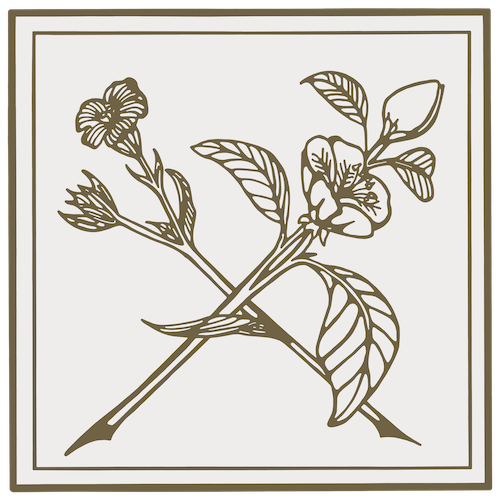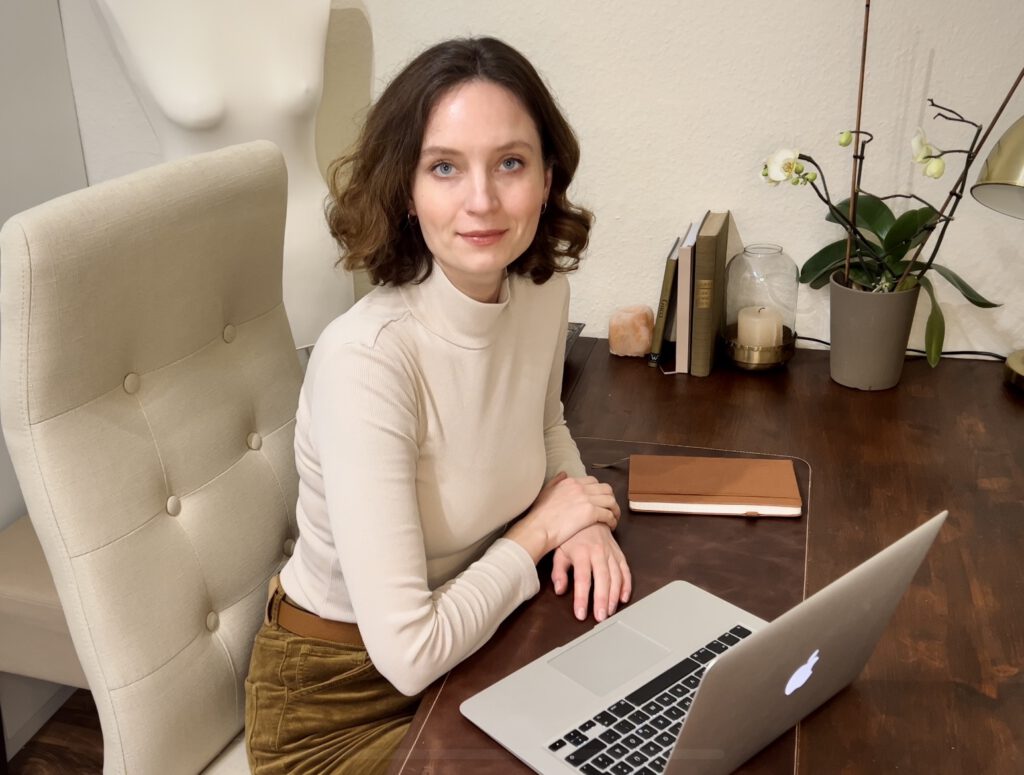Affiliate Disclosure
Some of the links on this page may be affiliate links. As an Amazon Associate, I earn from qualifying sales from these links. If you make a purchase or sign up for a membership through these links, I will receive a small commission. This will not cause any additional costs for you. This income helps us to run this website and especially the blog for you.
The Quest
Aren’t we all constantly looking for more? Looking for an improvement? For more freedom? For more money? Looking for more employment? Or more peace and quiet? Something drives us all. It is the desire to compensate for a supposed shortcoming. In this article, you can find out why linen has something to do with it for me and why all this led to the founding of a company.
What bothers me
For many years, there have been aspects that fundamentally bother me.
What bothers me is that I have often felt bad about buying things that I thought were beautiful, but clearly came from dubious production in Asia.
It bothered me that I often searched forever for certain pieces that I would have preferred to buy second hand, but unfortunately could not find.
Or at least not in acceptable condition or, in the case of garments, not in the right size.
Especially with children’s clothing, you will never find what you are looking for and the quality of new items is often either very bad if you are forced to pay attention to a certain budget. Or you have to pay a corresponding amount. In some cases, the parts, no matter how tiny they are, then cost similar prices to reasonably high-quality clothing for adults. After only 3-6 months, the little ones have outgrown and the things can basically only be given away. Even though there are clothing exchanges where you can sell clothes, the work that causes it is usually not worth it. The revenues are low and usually hardly cover the packaging and shipping costs.
The production
A few years ago, I worked for a retailer who had self-designed clothing made in Nepal and Bangladesh and distributed it through a pure warehouse sale.
The boss required the employees to claim to the customers that the goods were manufactured in Europe. Which was definitely not true.
When a delivery arrived, we had to be meticulous about destroying any packaging material, which often consisted of local newsprint. Because it showed how the delivery came from. Very often there was scribbling of small children on it.
I don’t have any evidence, but I always had the impression that child labor may have been involved in the production.
The goods were stored in three huge warehouses. It was unimaginable amounts of clothing. Storage in Germany was incredibly expensive, as was the import of tons of clothing.
Even then, I didn’t understand why we eventually found that it was worthwhile to relocate an entire production to another continent, but then to pay huge sums of money for logistics, import and storage under unacceptable conditions for the workers there.
Production in Europe
In the past, it was an absolute standard that in Europe, especially Belgium, France, Germany, etc. Linen was grown. Nowadays, there is virtually no textile production worth mentioning in Germany. Which is a shame, as there were several locations in Germany that became known for their textile production and also prosperous.
Cotton vs Linen
Unfortunately, the prioritization of cotton has contributed significantly to the fact that less linen has been grown. Since cotton does not thrive well in Germany, the cultivation has been based on the countries of origin of the cotton. However, cotton has various disadvantages compared to flax.
To this day, cotton has to be picked mainly by hand. There are now machines for flax. Cotton consumes much more water during cultivation than flax. Of the cotton plant, only the white cotton flowers can be used. In the case of flax, the entire plant is used. Basically, you can only make cotton fabric on cotton. The use is therefore very limited. Flax can be used not only to make fabrics, but e.g. also paper and building materials, such as insulation. The same applies to hemp. In addition, high-quality fabric made of linen or hemp is more robust and durable than cotton.
The idea
When I became a mother five years ago, I really wanted to make children’s clothes from high-quality linen and hemp fabrics.
Fairly produced in Europe and entirely from Europe. It was impossible for me to get investors, start-up grants or loans for my business idea.
I had a reasonable business plan and was full of motivation, but every conversation was similar. “We have supported such a similar idea before and the last founder gave up after period x…” Strangely enough, it was always emphasized that it was a woman who had failed. As if being a woman is a deciding factor. For investors and banks, female founders still seem to pose a greater risk than male ones.
I probably won’t be able to offer clothes from Europe anytime soon, because I gave up the investor factor for myself at that time. But the desire to develop beautiful products from Europe, and at best not just for one life cycle, still exists.
The implementation
In February 2021, after 6 months of planning, I finally founded Linen & Quince.
Quietly and quietly, without a big launch, without fanfare. And without significant investment…
My plan hasn’t worked out yet. Because there is one factor that I vastly underestimated. Myself.
I had a full-time job in the real estate industry at the time. My weekly workload was about 50 hours. In addition, I had a small child. The bureaucracy in Germany, especially made even more difficult during the pandemic, has dragged everything out unbearably. It took almost a year to even start actually “working”. And then the few hours a week I had available were only enough for due diligence tasks. A Covid illness in spring 2022 finally gave me the rest and I was chronically so ill for months that I could basically only work part-time and felt so burned out that I lacked any strength and motivation.
The future
I don’t know where my path will lead me exactly. Experience has shown that many things usually develop differently than planned.
And for me, it’s now more important not to ruin my health. Therefore, progress will certainly be slow, but with a lot of joy and gratitude for what has been achieved. By the way, you now know where the “Linen” in my company name comes from… By the way, we’ll talk about “Quince” next week. 😉
I wish you a wonderful weekend
All the love
Christina
“If others think you’re finished, you have to really get started.”
Konrad Adenauer
Share this post:

We’re excited
to share our news with you!
Would you like to receive information about our latest articles and our latest products directly in your mailbox?
Sign up for our newsletter!
We’d love to keep you in the loop.
About the author

Christina Ernst is founder and CEO of Linen & Quince. She is also a designer, author and real estate expert. She shares her experiences and knowledge not only on our Linen & Quince blog, but also on her personal blog, christinaernst.net , where she writes about financial knowledge, starting a business, real estate knowledge and personal development. She loves interior design, art, antiques, as well as elegant, sustainable and high-quality fashion.



